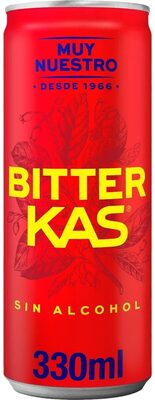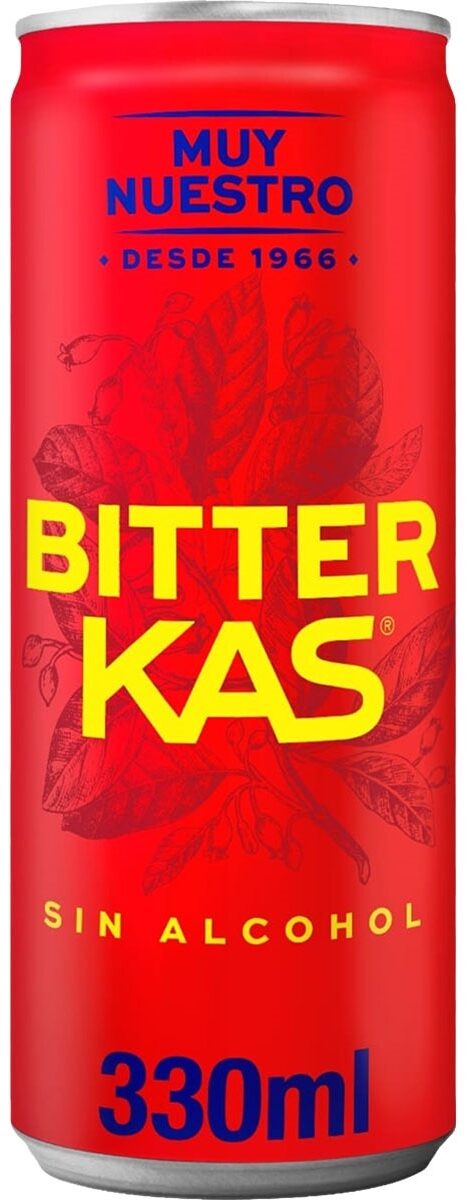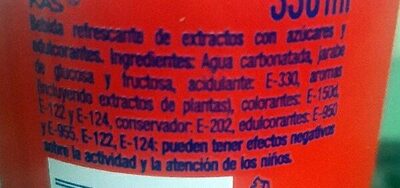Bitter Kas - Pepsi - 330 ml
This product page is not complete. You can help to complete it by editing it and adding more data from the photos we have, or by taking more photos using the app for Android or iPhone/iPad. Thank you!
×
Barra-kodea: 8410494300777 (EAN / EAN-13)
Izen arrunta: Bebida refrescante de extractos, con azúcar y edulcorantes
Kopurua: 330 ml
Ontziratzea:
en:Green dot
Markak: Pepsi
Kategoriak: en:Beverages, en:Carbonated drinks, en:Artificially sweetened beverages, en:Sodas, en:Bebidas, en:Bebidas carbonatadas
Etiketak, ziurtagiriak, sariak: en:May have an adverse effect on activity and attention in children, en:Con edulcorantes, en:Punto Verde, en:Sin alcohol
Link to the product page on the official site of the producer: https://www.pepsico.pt/docs/librariespro...
Dendak: Mercadona
Saltzen diren herrialdeak: Espainia
Matching with your preferences
Report a problem
Datuen iturria
Product added on by kiliweb
Last edit of product page on by teolemon.
Produktuaren orria -gatik editatua alia, ecoscore-impact-estimator, elcoco, halal-app-chakib, inf, luiscostas, roboto-app, thaialagata, yuka.sY2b0xO6T85zoF3NwEKvlmdaft7M-m_CbDjmummi6fC8A4fjb8BX2Iv5H6s.












